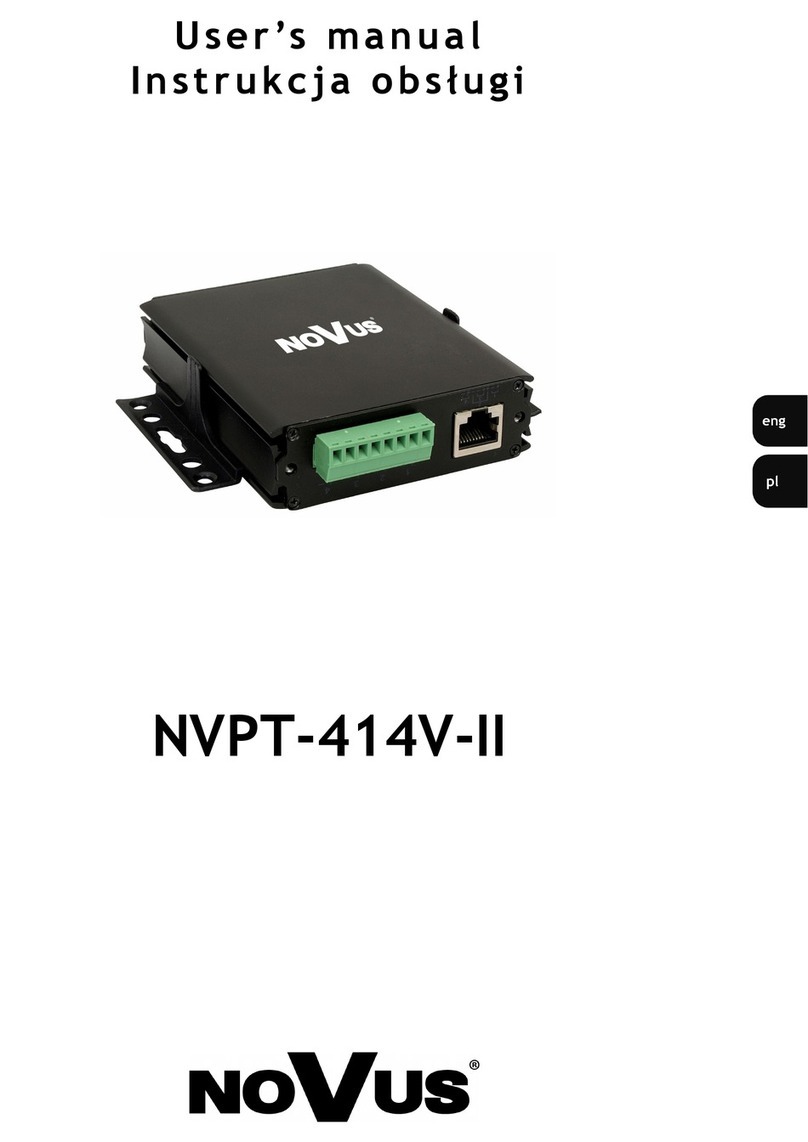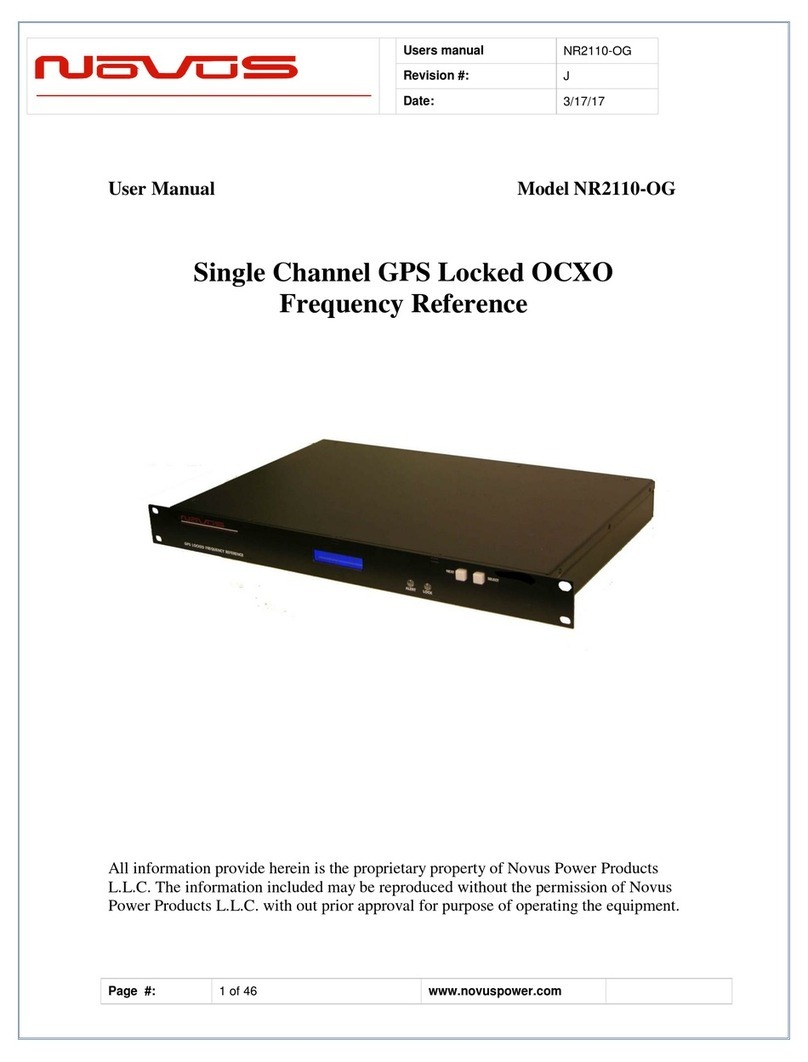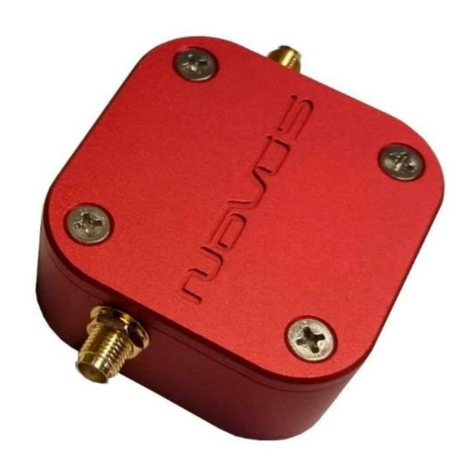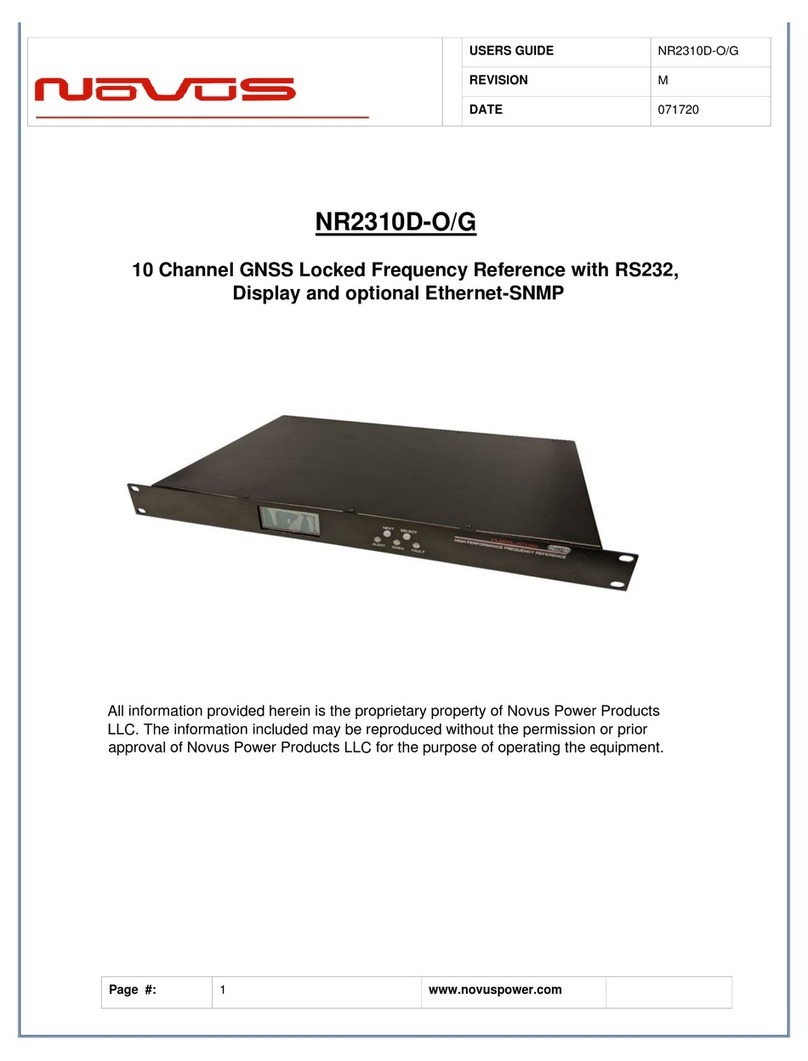Page 2of 74
Contents
1.0 Summary ..................................................................................................................... 4
1.1 Dimensions........................................................................................................................................5
1.2 Input/Output/Indicators ............................................................................................ 6
2.0 Controls and Indicators ............................................................................................... 7
2.1 GNSS Lock LED..................................................................................................................................7
2.2 Satellite Number Counter LED.............................................................................................................7
2.3 Status Good Signal (CMOS 3V3 Active High) ........................................................................................7
2.4 UART TX/RX ......................................................................................................................................7
2.5 Power connector detail .......................................................................................................................8
3.0 Inputs / Outputs ......................................................................................................... 8
3.1 GNSS Antenna (MCX) .........................................................................................................................9
3.2 PPS 1 / PPS 2 (MMCX)......................................................................................................................10
3.4 10MHz Sine .....................................................................................................................................12
3.5 Serial/UART/NMEA ...........................................................................................................................12
4.0 Typical Phase Noise ................................................................................................... 12
5.0 Built-in Test............................................................................................................... 13
6.0 Power ........................................................................................................................ 13
7.0 GNSS Function........................................................................................................... 13
8.0 Mechanical................................................................................................................. 15
9.0 Communication Specification .................................................................................... 16
Serial data output timing △4............................................................................................ 17
NMEA Sentence Format ................................................................................................... 18
Proprietary Sentence Format: ......................................................................................... 19
Standard NMEA Output Sentences .................................................................................. 20
GGA –Global Positioning System Fix Data Format: ..................................................................................21
GLL –Geographic Position - Latitude/Longitude △6................................................................................22
GNS –GNSS Fix Data Format: ................................................................................................................23
GSA –GNSS DOP and Active Satellites △4.............................................................................................25
GSV –GNSS Satellites in View △4 ...........................................................................................................26
RMC –Recommended Minimum Navigation Information△6 .......................................................................28
VTG –Course Over Ground and Ground Speed Format: ...........................................................................30
ZDA –Time & Date Format: ...................................................................................................................30
Proprietary NMEA Input Sentences ................................................................................. 31
GNSS –Satellite System Configuration △4△8 ...........................................................................................32
FIXMASK –Setting of Positioning and Satellite Mask △4 ...........................................................................34
PPS –Setting of PPS(Pulse per second)△4 Format: ..............................................................................36





































